The Dura mater (hard meninges) essentially serves to protect the brain from external influences. It is one of three meninges that surround the human brain.
This three-layer meninges (Meninx encephali) consists of connective tissue and merges into the so-called spinal cord in the spinal canal. The hard meninges are particularly tight, lie on the outside and have blood vessels in their invaginations. These can remove blood from the brain. In addition, there are many pain receptors in the dura mater, which is why it is very sensitive.
What is the dura mater?
The meninges also include the soft meninges (pia mater), which are mainly responsible for the supply of nutrients to the brain tissue. The spider web (arachnoid mater) lies between the hard and soft meninges.
It has many smaller blood vessels and also takes over the exchange between the cerebral fluid (liquor) and the blood. With the help of the spaces between the three meninges, shocks and changes in brain volume can be compensated for. Physiologically speaking, there is no space between the hard meninges and the cranial bones. This is because the dura mater consists of two so-called leaves. The outer sheet of the hard meninges is also the inner periosteum of the skull. Again, the inner leaf of the dura mater connects very snugly with the cobweb skin.
However, due to bleeding or trauma, an epidural space can arise there, which may be composed of loose connective tissue, fat, veins and lymph vessels. If necessary, injections can be given into this space to numb the emerging nerve roots. The hard meninges form so-called dura septa, often tent-like linings, over the larger crevices of the brain.
The largest septum extends in the shape of a sickle in the upper skull and separates the two halves of the cerebrum. Both sections of the cerebellum are also separated by a dural septum. In addition, the dura mater can form venous blood collection vessels that divert blood from the layers of the meninges and the brain towards the heart.
Anatomy & structure
The entire meninges are supplied with blood through three arteries that branch off from the external carotid artery. The fifth cranial nerve takes over the sensitive supply of the meninges. It is also responsible for the sensitivity of the human face to pain and pressure. Hence the great sensitivity of the hard meninges in particular.
It is of decisive importance for the processing of pain stimuli in the head. The pain is very often caused by increased pressure on the meninges. Bleeding in the brain can be a major cause of this. Meningitis (inflammation of the meninges) also causes severe pain in the head. Meningitis is caused by viruses, bacteria or, less often, fungi. The more the immune system is weakened, the easier it is to cause meningitis. Viruses are more common causes of meningitis, but bacteria are more dangerous in this regard.
Function & tasks
A bacterial meningitis can lead to life-threatening conditions within a few hours and soon to rapid death. In the event of survival, permanent intellectual disabilities are no exception. The triggers are often meningococci or pneumococci. Meningitis usually starts with sudden flu symptoms such as fever, pain in the limbs, headache, and chills.
A little later, however, symptoms such as a stiff neck and especially pain when moving the head to the chest appear. The meninges are stretched, which causes severe pain due to their inflammation. The person affected may also be noticeable about photophobia. If these signs occur, a doctor should be consulted immediately. Children and, if necessary, infants should be vaccinated against meningitis in a timely manner. Bacterial meningitis usually requires hospitalization.
Both the patient and all contact persons are treated with antibiotics. If therapy for meningitis begins early, the disease usually heals without any consequences. Only in rare cases do hearing damage or various symptoms of paralysis remain. In addition, there may be noticeable changes in behavior once the meningitis has reached the brain.
You can find your medication here
➔ Medicines against memory disorders and forgetfulnessDiseases
Since the collagenous connective tissue that makes up the dura mater is particularly tight, it is relatively easy for various areas of the brain to become trapped. These entrapments occur primarily in the so-called dura septa. They are mainly caused by bleeding, tumors or other extensive changes in the cranial fossa. A distinction is made between axial and lateral entrapment.
The axial one is a symmetrical entrapment that spreads equally in both halves of the brain. The upper axial entrapment exerts pressure on the midbrain, the lower on the brain stem. On the other hand, lateral entrapment comes to light in unilateral space-occupying processes. It brings with it the danger that the cerebral legs are pushed to the opposite side, which can lead to more or less severe brain damage there. If the inflammation of the meninges spreads to the brain itself, it is called meningoencephalitis. The three meninges can also be affected by nervous irritation in the area of the head.
Common to them are headaches, constant sensitivity to the effects of light and loud noises, and often nausea and vomiting. These complaints also show up in other diseases of the meninges such as migraines or subarachnoid hemorrhage. This bleeding often occurs after accidents or pressure effects on the brain, which damage the spaces between the meninges through bleeding.

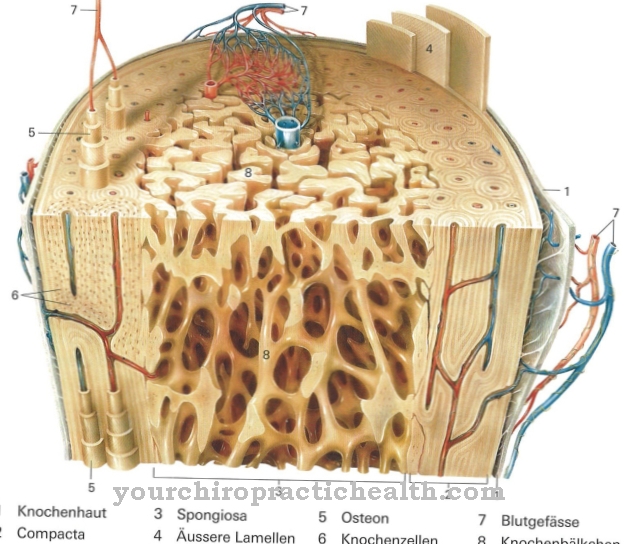
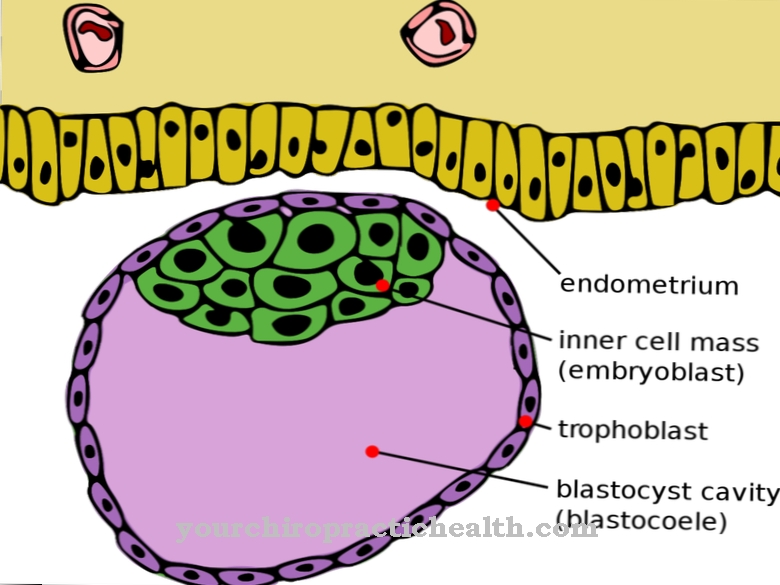
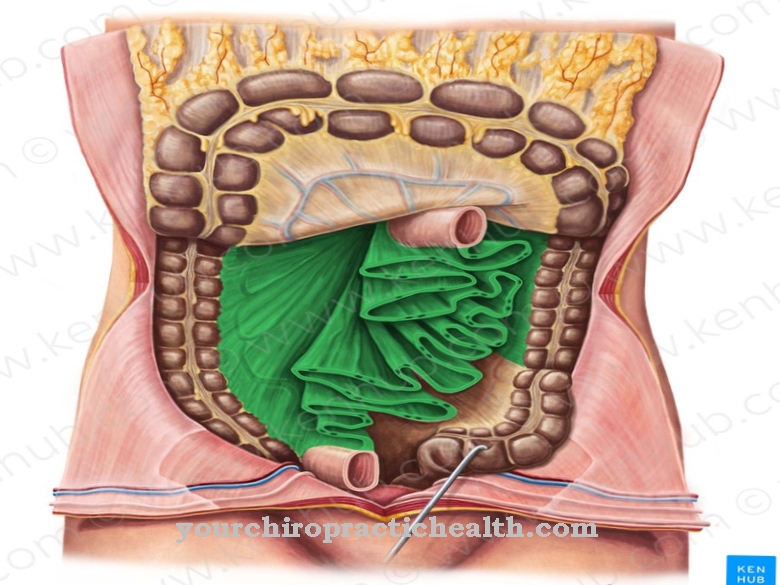
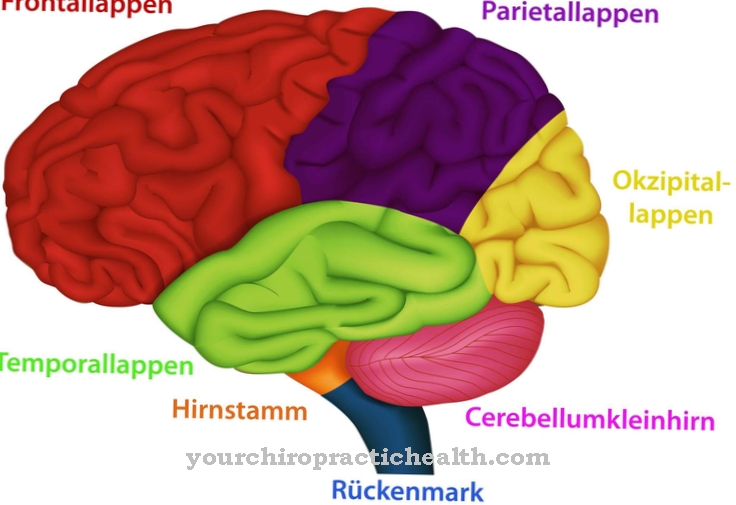
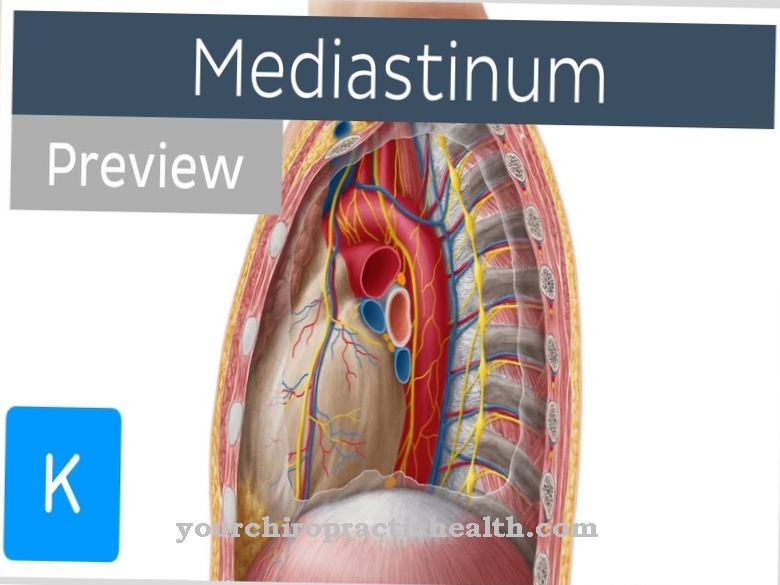
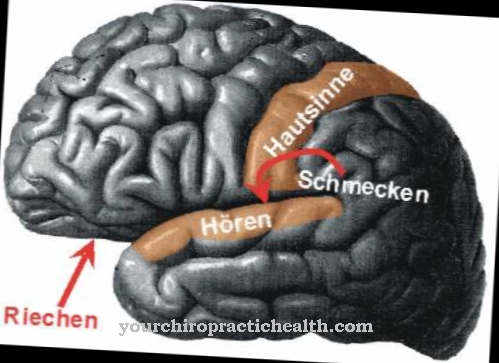





.jpg)



.jpg)










.jpg)
